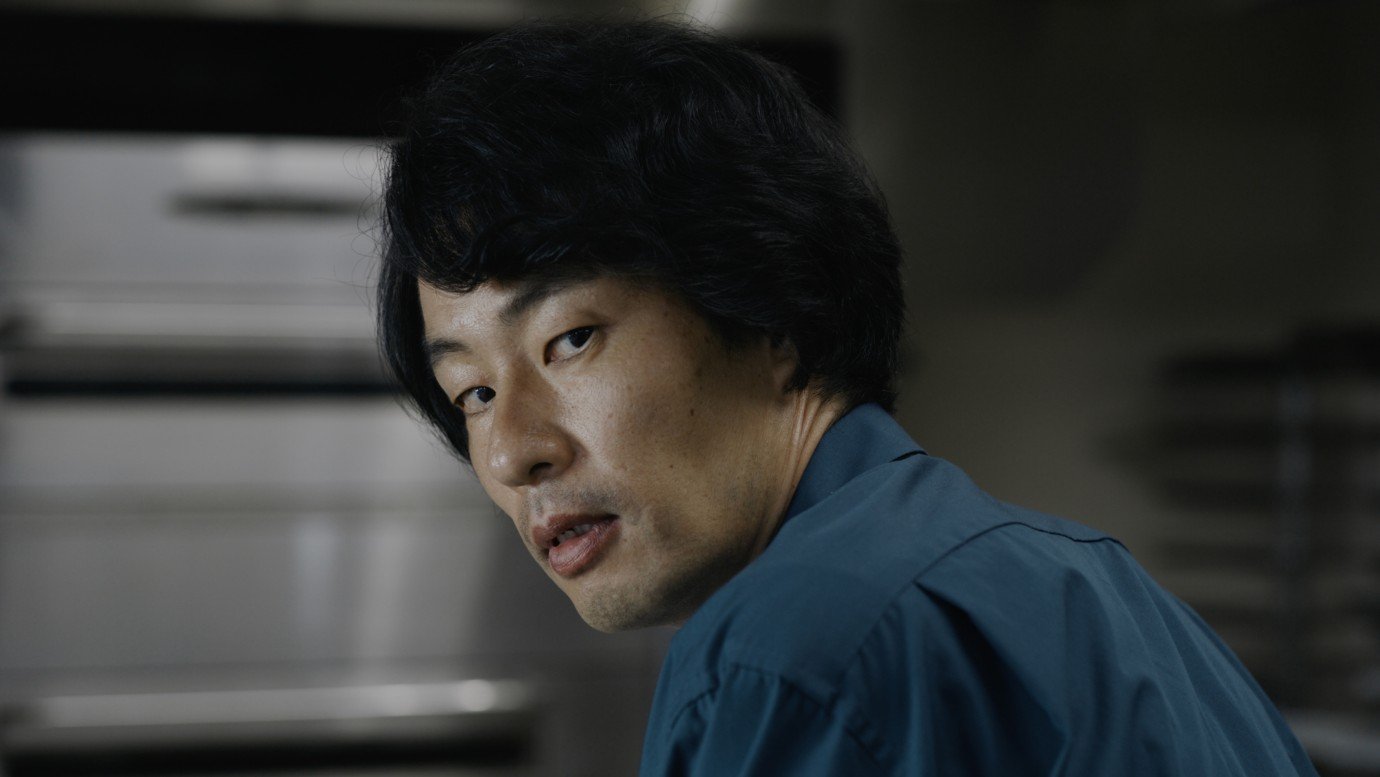Review: A Complete Unknown (2024)
Critics may hate the genre. Walk Hard: The Dewey Cox Story might have fatally skewered it in 2007. But there’s no getting around the fact that the musical biopic is popular. And what’s more, it can often be effective. There’s an honest appeal to a largely true story about a popular real-life figure making great music. And when it’s done well, as in James Mangold’s A Complete Unknown, the musical biopic can be genuinely compelling in addition to entertaining.
With a clear arc tracing Bob Dylan’s (Timothée Chalamet) arrival on the folk scene in Greenwich Village in 1961 up to his controversial use of the electric guitar at the Newport Folk Festival in 1965, A Complete Unknown splits the difference between the more focused biopic that became trendy in the wake of Steven Spielberg’s Lincoln and the more conventional biographical film that offers a Cliff’s Notes-style version of an individual’s life and times. We watch first as Pete Seeger (Edward Norton in Mr. Rogers mode) discovers Dylan and makes him the next big thing in folk. We continue to watch as Dylan rises rapidly in popularity and clashes artistically and romantically with Joan Baez (Monica Barbaro), and eventually leaves his girlfriend, Sylvie Russo (Elle Fanning) in the dust. (Sylvie is a stand-in for Suze Rotolo, who Dylan requested not be portrayed with her real name in the movie.)
As we get Dylan’s rise, we also get cameos of other famous musicians of the time, most notably Boyd Holbrook as Johnny Cash (too bad Mangold couldn’t get Joaquin Phoenix back for the role, although Holbrook is amusing as always). There are moments (perhaps a few too many) where characters stand in awe watching Dylan spin poetic brilliance out of seemingly nowhere, aghast at his talent. And there are recreations of tense political moments from the 1960s, including the day of Kennedy’s assassination and the Cuban Missile Crisis.
The movie is meant to tickle boomers with its loving depiction of the past and reverence for the musical heroes of their youth. But it’s not empty calories, even if it’s tremendously entertaining in the broad strokes of its narrative. The movie is also about Dylan leading folk music to its heights of popularity before turning his back on the scene and marching off into a new world he was indifferent about creating. By contrasting the folk scene of Greenwich personified by Pete Seeger with the emergent counterculture that Dylan would come to embody, the film also traces the evolution of America’s counterculture from the more tame and arts-focused sort of the 1950s to the more explicitly revolutionary form of the 1960s. It also points forward to the eventual transformation of all art into another branch of commerce. Dylan, throughout it all, is more moved by the art itself than any ethos, disinterested in the world, seemingly uninterested in interrogating himself.
For a biopic about Bob Dylan, A Complete Unknown is remarkably hesitant to make a definitive statement about Dylan aside from loudly proclaiming his genius. Rather, it creates a portrait of the elusive Dylan and the ethos he has represented for over half a century. And that seems right for an artist who has reinvented himself more times than you can count and who has always been slippery about fact and fiction, telling a tall tale about his origin and then letting the legends of his genius balloon out. The carnival man in him loves the show, loves the chaos; as Sylvie comments, he’s like the man spinning plates at the carnival, not caring whether they fall, simply dazzled by their whirlwind of movement.
You might wonder whether the film does bring anything substantial to its portrait of Dylan. It does, largely through Chalamet’s remarkable work in the lead. All performances in musical biopics of this sort are impersonation first, original performance second, but Chalamet does a great job as Dylan, without resorting to any mugging or trying too hard to milk us for sympathy. Chalamet has a talent for being aloof on screen, which serves him well playing a Dylan that cannot stand the spotlight even as he refuses to surrender the stage.
The film also understands the power of performance. It features many musical performances of great songs and unlike so many musical biopics, allows them to play out relatively unabated. The actors sing for themselves while trying to sound like the people they’re playing, and Mangold allows most of these scenes to play out without much fuss in terms of camera movement or editing. The camera simply finds a good vantage point and watches, standing in awe of the music, letting us see how the music was always the best way to understand Dylan as a person.
As well, the film is perceptive about the more elusive aspects of Dylan. Three small scenes demonstrate how Mangold’s film has something on its mind beyond simple impersonation and lovingly-created period settings. The first is a moment in a Chinese restaurant where Dylan and Sylvie discuss coming to Greenwich Village to live out their dreams. She remarks that it’s great how all these people are discovering their true selves in the city, but Dylan pushes back: they’re not becoming their true selves, just something different. Different isn’t better. It’s just different. Reinvention is not revelation, but some people cannot help themselves. Dylan seems to be dissecting himself in the process of criticizing others.
The second scene happens after Dylan angrily leaves a party where he’s forced to play for a ritzy crowd. He remarks in the elevator that he wishes that people would just let him do what he wants. A stranger in the elevator, whom we later learn is the musician Bob Neuwirth, recognizes him and boldly asks, what would that be? Dylan thinks for a moment and then says: whatever they didn’t want him to do. He’s ever the contrarian, ever quick to bristle at what others ask of him.
The third scene is late in the film and might sum up the film’s entire portrait of Bob Dylan as an artist: after some frustrated encounters with admirers, Dylan gets angry at everyone asking him how he comes up with his songs. He muses that what they actually want to ask is why they didn’t come up with them. He knows that his gift is not a result of meritocratic hustle or virtue, but simply fate. It’s a random stroke of luck that this young kid from Minnesota would be able to spin some of the best poetry of the 20th century and put it to widely-accessible tunes.
Criticisms of the film for not breaking from the conventional trajectory (not avoiding the Walk Hard route, so to speak) ignore the fact that the movie entirely circumvents the most tired aspect of the musical biopic genre: the emotional torment of the artist. Chalamet’s Dylan is not tortured. He is not a monster. He does not learn a profound lesson that makes us realize that his artistic success is a result of a moral triumph. He’s simply difficult, elusive, content to do his thing and disengaged from dealing with the consequences, a man consumed by his art. There are no weepy confrontations or reversals of fortune or come to Jesus moments. (That would come later in Dylan’s life.)
In A Complete Unknown, Dylan’s triumphs are presented as morally neutral facts. The movie is curiously ambivalent as to whether Dylan deserves it. It’s admiring of Dylan because of the genius of his music, but skeptical about the person, which seems fitting for a biopic about an artist as enigmatic as Bob Dylan. A biopic can never fully explain its historical subject, but, as in A Complete Unknown, it can capture a sliver of an artist’s essence and help us to better understand him and the world he created.
8 out of 10
A Complete Unknown (2024, USA)
Directed by James Mangold; written by James Mangold and Jay Cocks, based on Dylan Goes Electric! by Elijah Wald; starring Timothée Chalamet, Edward Norton, Elle Fanning, Monica Barbaro, Boyd Holbrook, Dan Fogler, Norbert Leo Butz, Scoot McNairy.



Clint Bentley’s Train Dreams evokes Terrence Malick in style and setting, but is more similar to Bentley and Greg Kwedar’s Sing Sing in terms of approach to character and conflict.